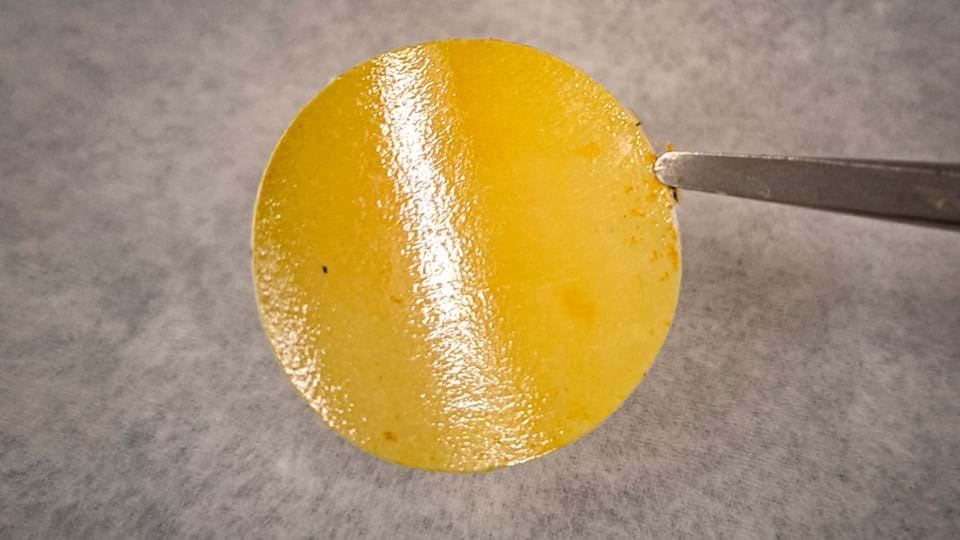MIT
RESEARCHERS at Massachusetts Institute of Technology (MIT) have developed a membrane they believe could replace energy-intensive distillation processes to fractionate crude oil in refineries.
The researchers used interfacial polymerisation – widely employed since the 1970s to make thin films for reverse osmosis desalination – to produce their polyimine membranes, suggesting the method is scalable for refining applications.
Oil refining is the world’s third-largest source of greenhouse gas emissions, accounting for nearly 5% of global emissions. Instead of the conventional energy-intensive distillation columns that separate crude oil according to the different boiling points of gasoline, diesel, kerosene and other components, membranes can filter hydrocarbons based on molecular size. Membrane-based separation could significantly lower the energy requirements of fractionation, which uses around 1% of global energy demand for the heat-driven distillation.
The research, part-funded by US oil giant ExxonMobil, was published in Science in May. They tested the membranes by filtering a mixture of toluene and triisopropylbenzene (TIPB) hydrocarbons and achieved a concentration of toluene 20 times greater than in the original mixture.
Andrew Livingston, a chemical engineering professor at Queen Mary University of London, who was not involved in the study, said the research was “an important step toward reducing industrial energy consumption”.
Zachary Smith, an associate professor of chemical engineering at MIT and a senior author on the study, said they had developed “a whole new way of envisioning a separation process”. He believes a series of their membranes could one day be used to remove the heat-intensive fractionation process in a refinery. “You can imagine that with a membrane like this, you could have an initial stage that replaces a crude oil fractionation column. You could partition heavy and light molecules and then you could use different membranes in a cascade to purify complex mixtures to isolate the chemicals that you need.”
No swell
Membrane-based separation of crude oil is estimated to be capable of reducing the energy requirements of fractionation by 90% compared to heat-driven processes, and the MIT team are not the first to have investigated the technology. However, most previous efforts produced membranes that tended to absorb some hydrocarbons as they passed through, leading to swelling that impairs their separation power.
The MIT team used interfacial polymerisation to create an MPD-TMC membrane, similar to those used in desalination. They then replaced the amide bonds in the MPD-TMC structure with imine bonds, which are more rigid and hydrophobic – making them better suited for filtering hydrocarbon molecules. When tested on a mixture of naphtha, kerosene, and diesel, the membranes did not cause swelling.
The team believes their process can become a commercially viable way of fractionating oil in refineries. Taehoon Lee, who led the study as a postdoctoral researcher at MIT and is now an assistant professor at Sungkyunkwan University in South Korea, said: “The main advantage of interfacial polymerisation is it’s already a well-established method to prepare membranes for water purification,” adding that the “existing scale of manufacturing lines” was already set up to produce MPD-TMC-based membranes.
